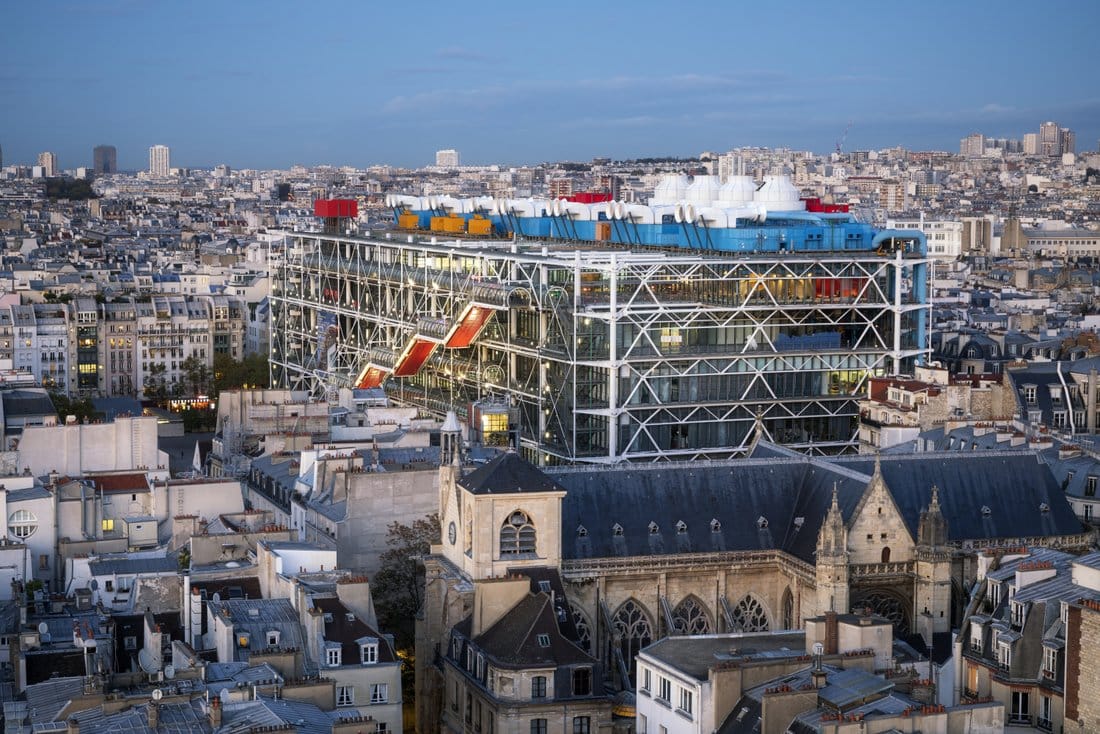Photos courtesy of © Centre Pompidou
The Centre Pompidou, Paris’s architectural marvel of a modern art museum and cultural hub, is gearing up for a major transformation. After nearly five decades since its inauguration in 1977, the center is set for extensive renovations starting in 2025, with a complete closure until 2030. The ambitious €262 million project, supported by the Ministry of Culture, aims to rejuvenate the Pompidou while preserving its iconic spirit.
Read on to learn why this transformation is essential and what exciting programs the museum has planned during its closure.
SUBSCRIBE TO THE MAGAZINE
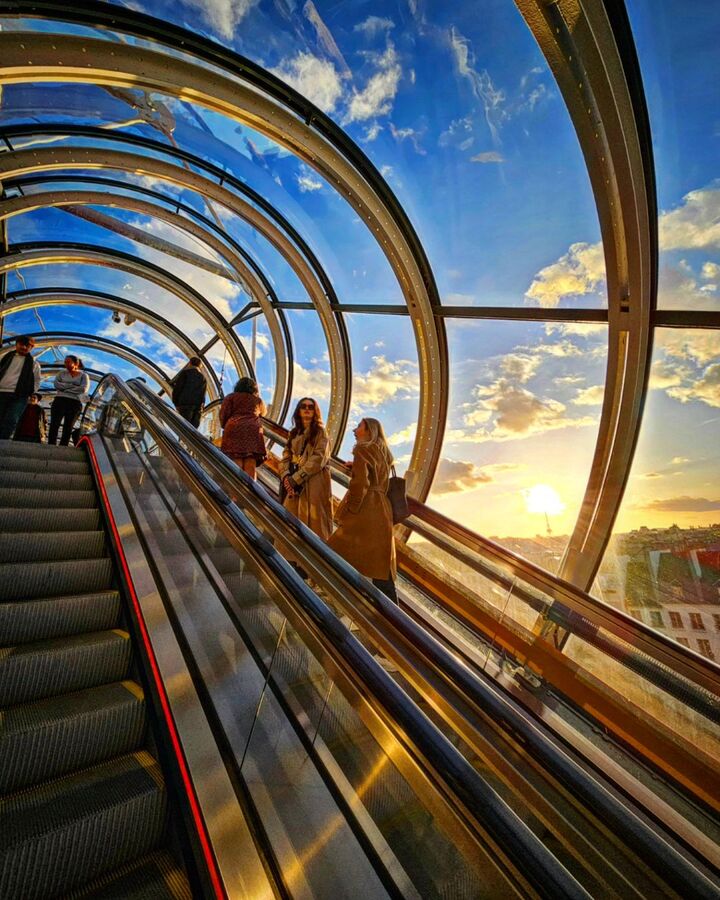
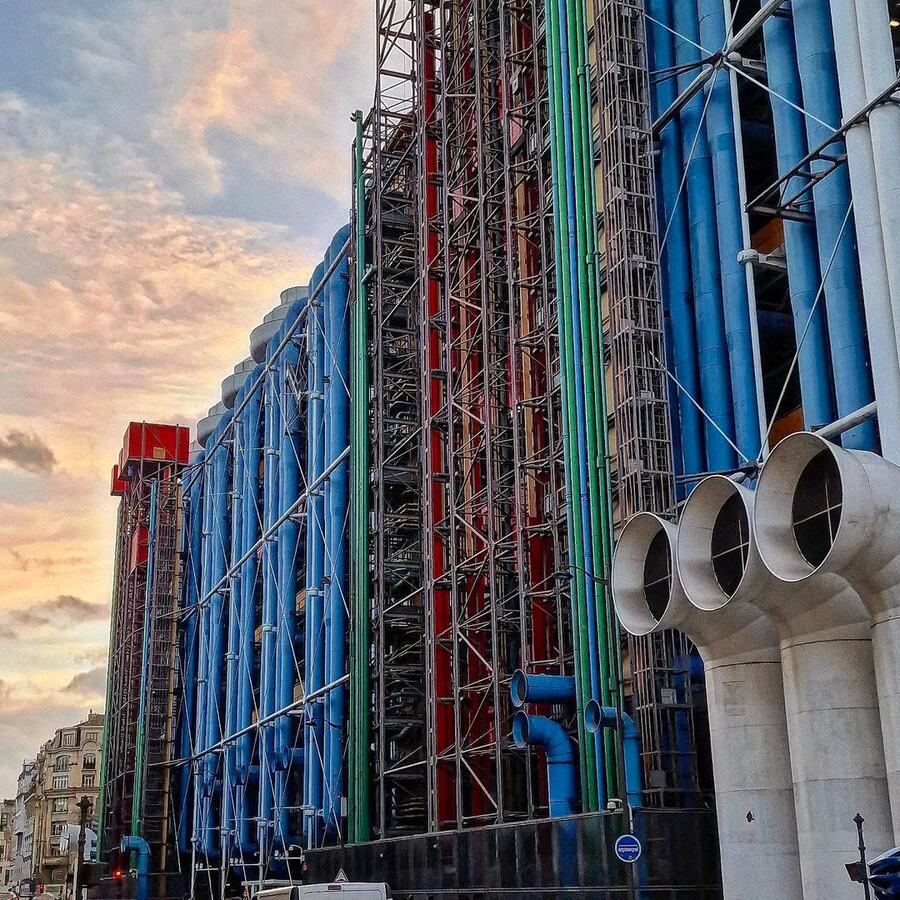
The Centre Pompidou’s Daring Designers
The Centre Pompidou, located in Paris’ central 4th arrondissement, quickly became an architectural icon, thanks to its striking “inside-out” design. Imagined by the innovative architectural team of Renzo Piano and Richard Rogera — who desired to both free up interior space and turn the building itself into a work of art — its structural elements and mechanical systems are left on display using a system of color-coded pipes (blue for air conditioning, yellow for electricity, green for water, and red for pedestrian circulation), creating a bright lattice-effect over the center’s glass walls.
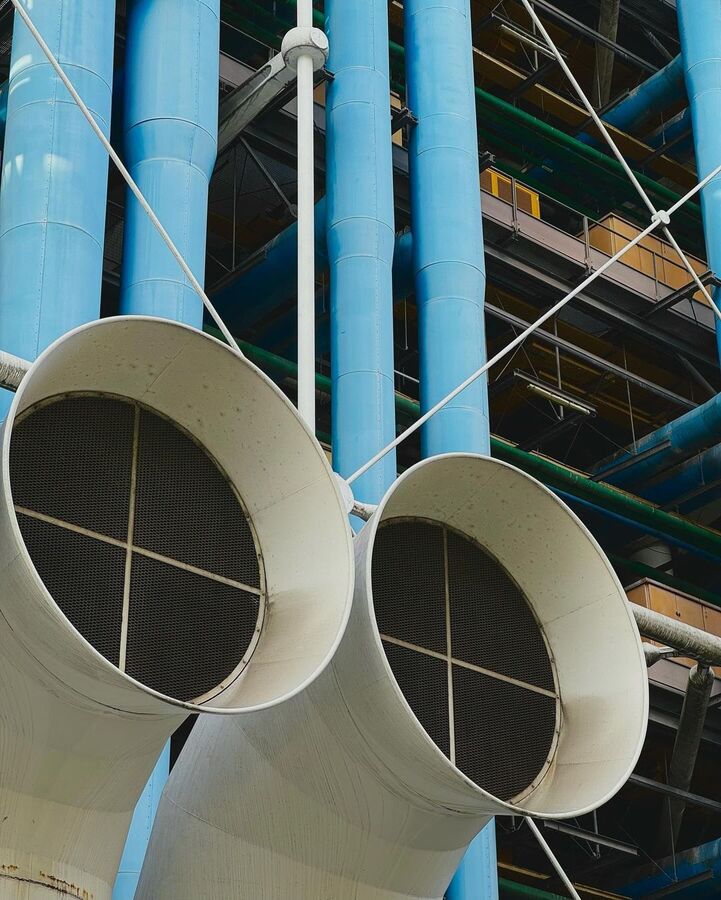
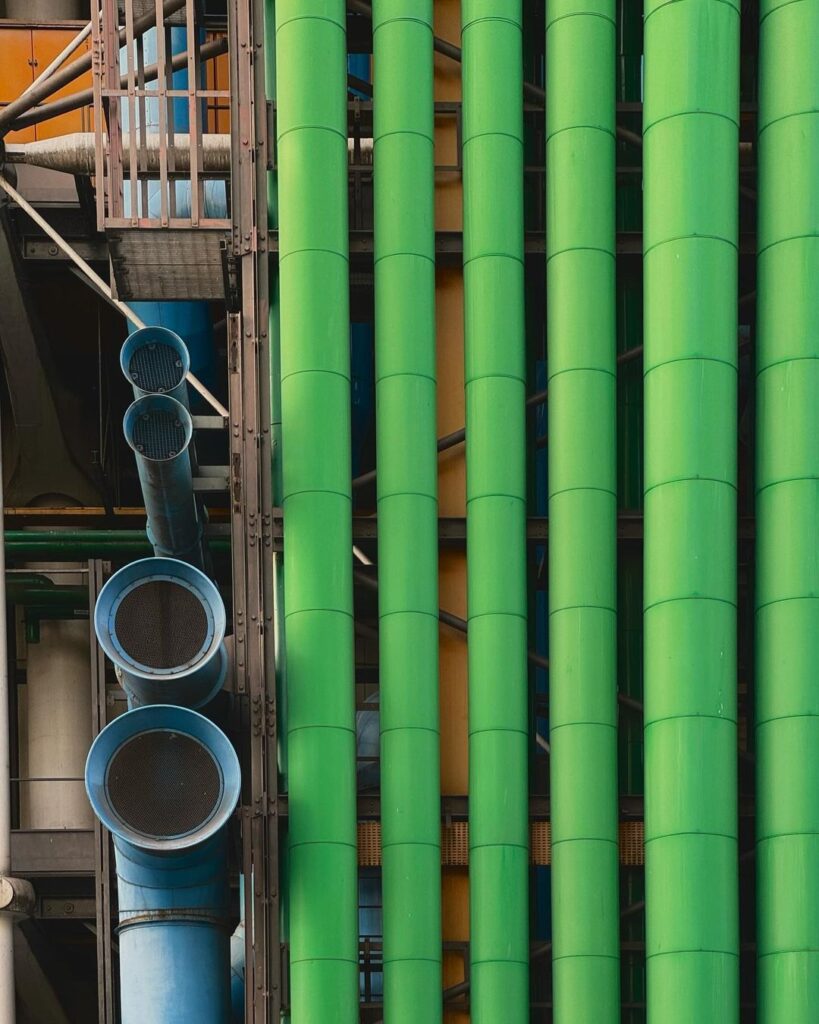
featured by @centrepompidou
Since its opening, the museum has been celebrated for its multidisciplinary approach, blending visual art, literature, cinema, music and research, and it remains one of Paris’ most visited attractions to this day.
Given the Centre Pompidou’s iconic status, the architectural competition to find its next designer — announced on May 15, 2023 — attracted significant interest. The jury, led by Laurent Le Bon, the Centre Pompidou’s current director, and including representatives from different cultural and governmental bodies in France, has since shortlisted six renowned French architectural studios, with the final selection being made in 2024.
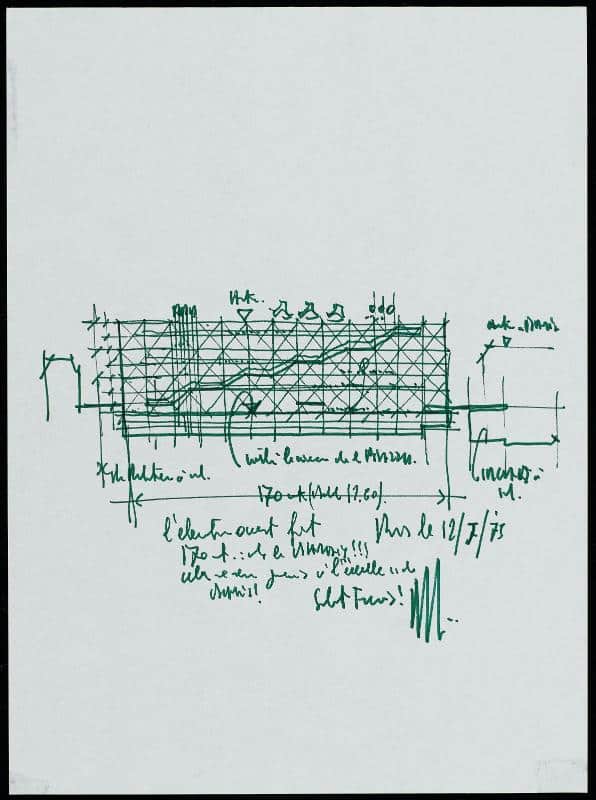
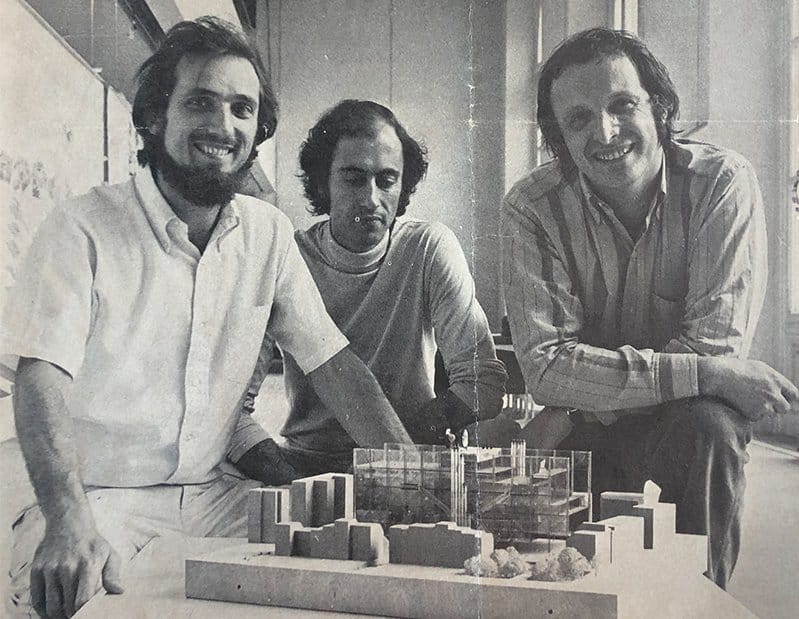
What’s Changing at the Centre Pompidou
Above all, the renovation is a necessary response to natural wear and tear. To meet modern safety, environmental, and accessibility standards, the renovation includes complete asbestos removal, replacing windows, addressing corrosion, repainting, flooring repairs, upgrading elevators and plumbing, enhancing air treatment systems and improving fire safety measures and accessibility for people with reduced mobility.
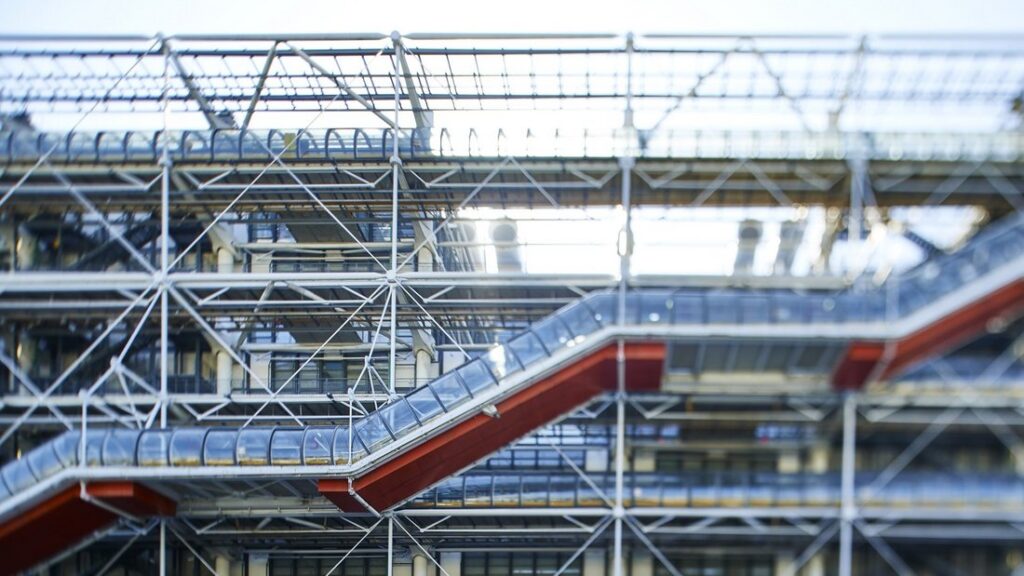
More than just a technical overhaul, the Centre Pompidou is also reimagining its cultural mission. The project embraces the concept of moviment, a term coined by the poet Francis Ponge at the Centre’s opening, symbolizing dynamic, ongoing transformation. By expanding and reconceptualizing its former underground bus garage, the Pompidou plans to add 20,000 square meters to its exhibition spaces. This new area will include movie theaters and spaces for multidisciplinary exhibitions and contemporary creations.
What’s on 2025-2030
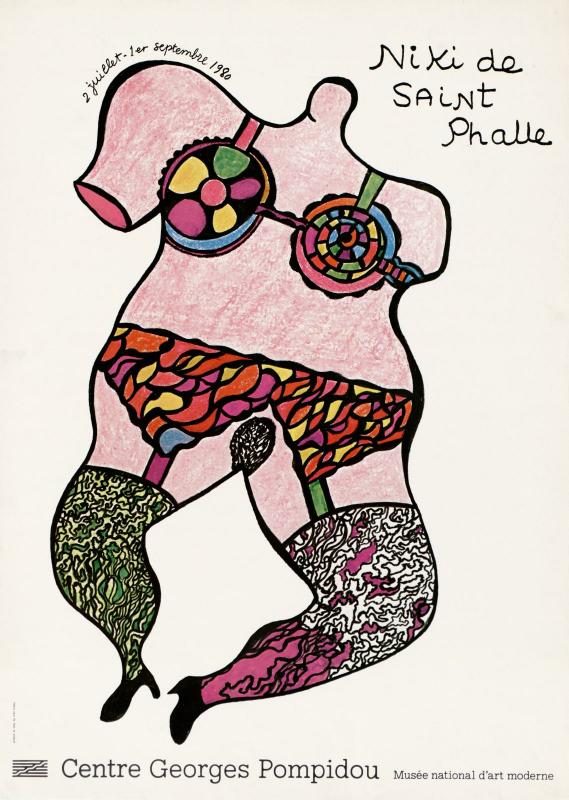
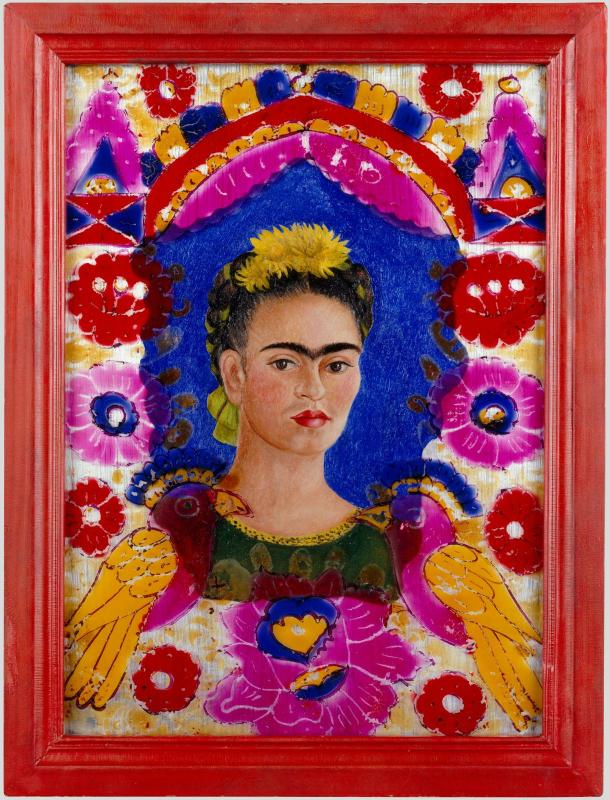
Having delayed its original timeline to remain open for the 2024 Paris Summer Olympics, the Pompidou has now announced the partial closure of the museum from 2025. The complete closure of all spaces starts from 2026.
However, during this time, the Pompidou will extend its presence beyond the Beaubourg neighborhood thanks to a program designed to temporarily re-home many of its exhibitions and cultural activities. Partnering with the Grand Palais, visitors to Paris can look forward to four exhibitions featuring the Pompidou’s collection at their Champs-Elysées and Seine galleries starting with the colorful works of Niki de Saint Phalle. A similar agreement has been set in place with the Louvre, alongside other museums across France. You’ll also find exhibitions making their way to New Jersey, San Francisco, Madrid, Barcelona, Amsterdam, Brussels, and Shanghai.
Don’t Miss Out!

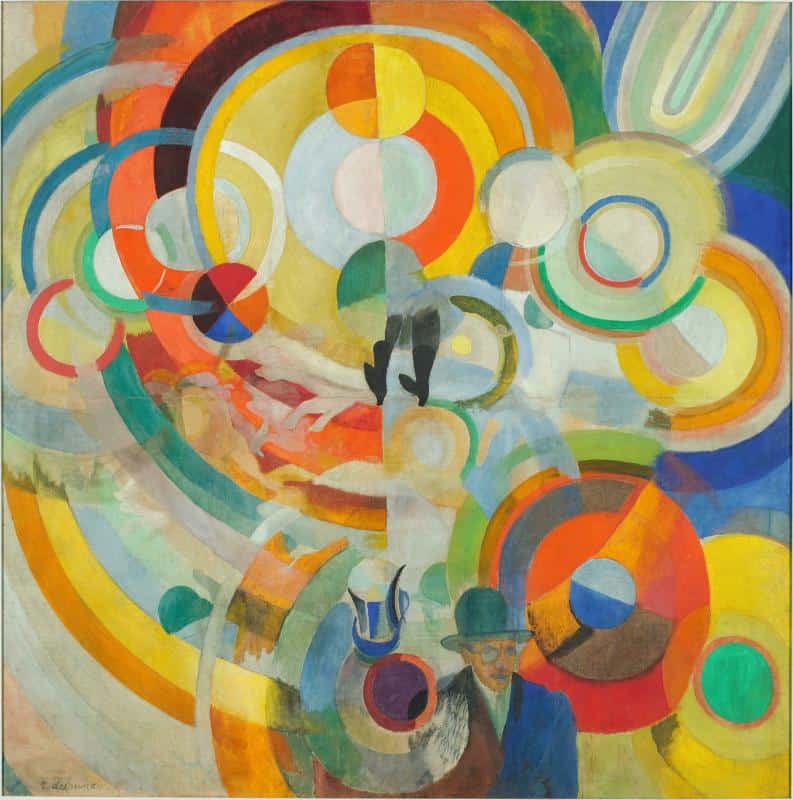
So, art lovers, if you’re passing through Paris in 2024, make sure a visit to the Centre Pompidou is on your itinerary before its doors close, reemerging in 2030 a revitalized beacon of art and creativity. Check out the remaining 2024 exhibitions here, including a tribute to the father of modern sculpture, Constantin Brancusi, and a dedicated curation of forty years of Surrealism.

